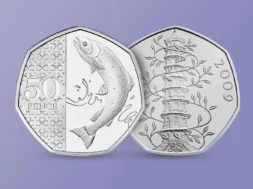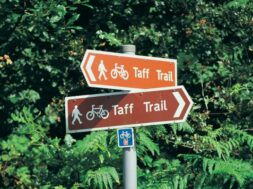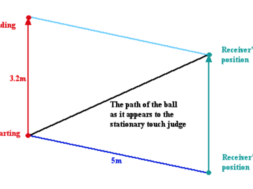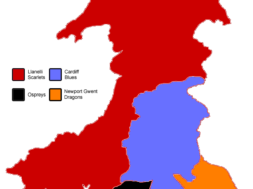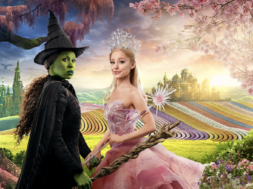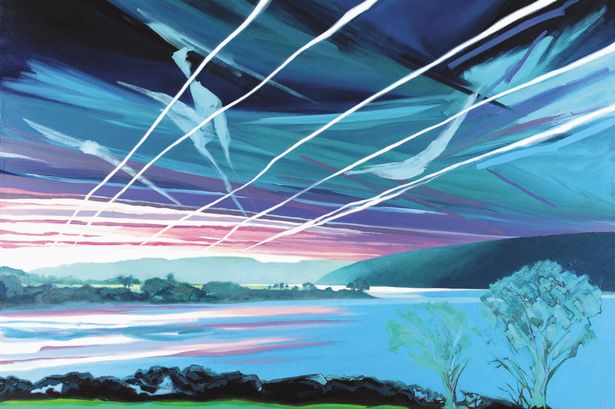
Why artist Ian Jacob is coming full circle
A new exhibition traces the career of an artist whose life has gone full circle. Ian Jacob grew up in Llan- gwm, Pembrokeshire and studied art in Newport, Cheltenham and Goldsmiths, London.
He enjoyed early success as a printmaker; has work in the collection of the National Library of Wales; was an eisteddfod prizewinner; and, in 1972, he represented Great Britain at the third International Print Biennale, held at Bradford City Art Gallery.
His latest show, Work In Progress, is a retrospective that traces his career back to the 1970s. It includes early prints that show the birth of themes that still hold sway in his work today; the shoreline, the human body and experimentation with novel materials.
However, it is clear from the exhibition that his experimental approach has gathered pace over the years. Although his exhibiting career was interrupted by a successful career in marketing, which led him to spend time in New York, he continued to evolve as an artist, emerging back onto the scene some eight years ago with a mature and challenging style.
His return to art coincided with a return to Llangwm, where he now has a purpose-built studio with views over the estuary, trees and hills that inspire so much of his work.
“All the work I’m producing now can be traced back to themes I developed in the 1970s,” he says. “When I was in school I studied photography and physical geography and much of the work as a progression of that.”
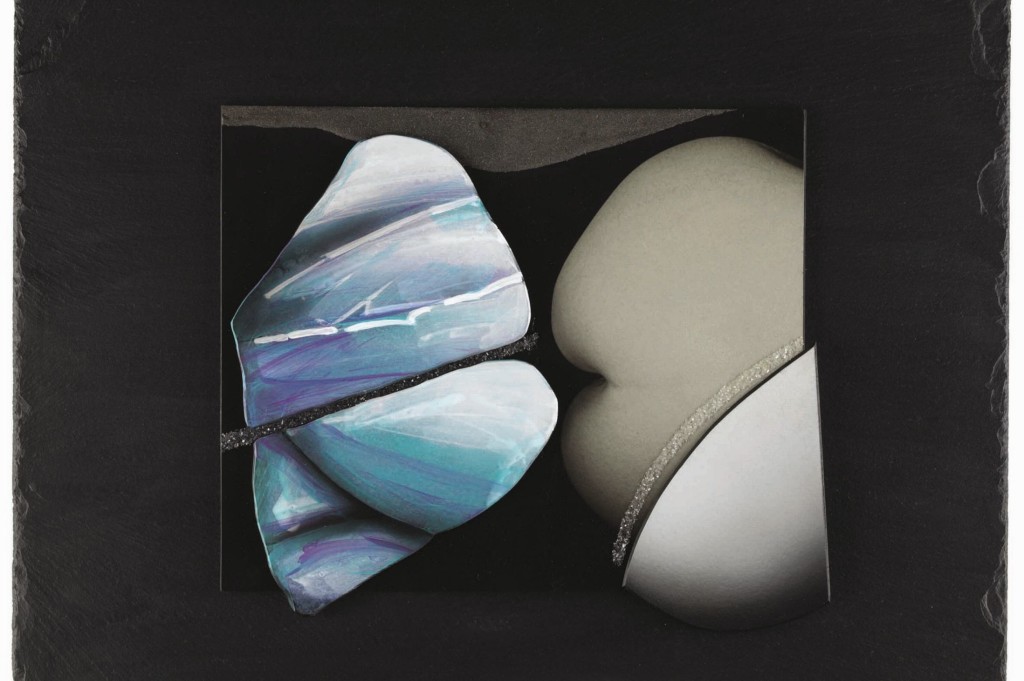
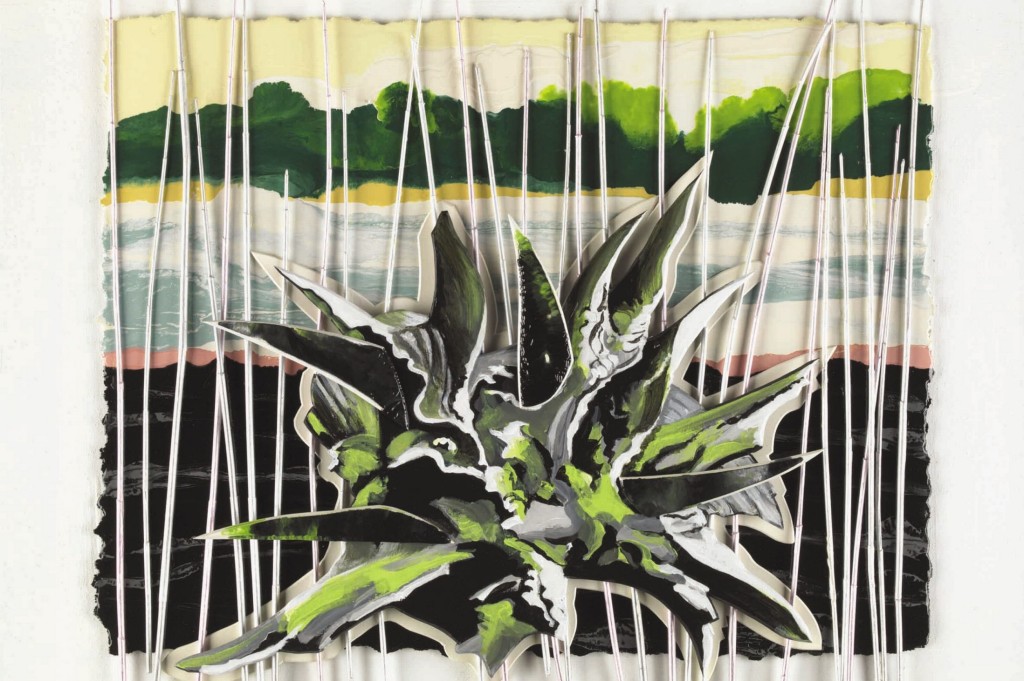
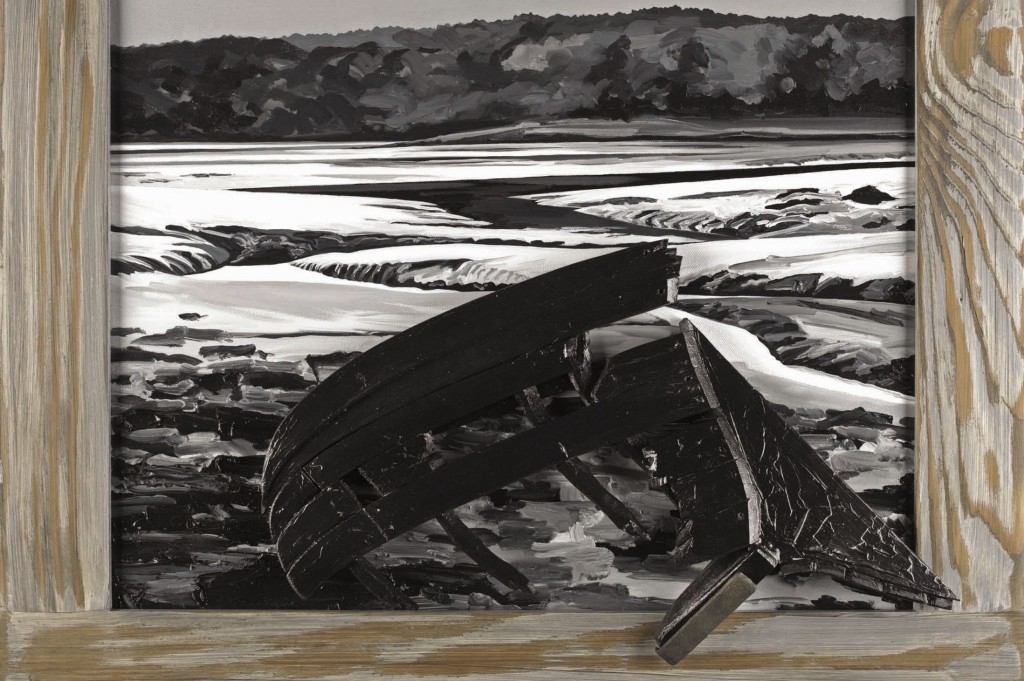
More specifically, he has set himself the task of exploring three themes – called LandScapes, RockScapes and BodyScapes – and pushing these to their limit.
He draws inspiration from artists who, like him, stretched the boundaries; Andy Warhol, Graham Sutherland and the photographer Bill Brandt, whose photographs of the human figure on the beach resonate with Jacob’s BodyScapes.
“Pembrokeshire has a very complex geological history to it,” he says. “I’m always interested in rock structures and geology of the local area, so the landscapes grew into the RockScapes, which in turn grew into the BodyScapes.
“A lot of the BodyScapes integrate parts of figures into existing rock structures, so you can see that progression of thought.”
The influence of Sutherland is most obvious in paintings such as Sea Monster at Picton, in which a gnarled and tangled tree stump takes centre stage.
So great is Sutherland’s presence in Jacob’s mind (he paints in the very same area that Sutherland favoured on his regular visits to Pembrokeshire) that a Sutherland painting, taken from the collection of Jacob’s old school friend Robert Griffiths will be included in the show. Griffiths will also be opening the exhibition.
While Jacob’s last exhibition, held in 2011 at Picton Castle, was to some extent homage to Sutherland, his latest show actually highlights the differences between the two artists.
Two notable points about Jacob’s new work are his growing fascination with creating three-dimensional images and his appetite for introducing new materials and techniques to his repertoire.
From airbrush to Umbrol enamel paints; from balsa wood sculpted elements to traditional oil painting, the work is not only visually engaging, it also challenges you to unravel how it was made.
Diamond dust is used to echo the quartz in Pembrokeshire’s rocks and dried organic materials add a real element of the landscape that has inspired him.
“I like to challenge myself and the viewer,” he says. “I like imagery that poses questions and sometimes you’ve got to get behind the surface of the image to try and figure it out. It works for me when I weave in different kinds of materials and different surfaces. I like there to be ambiguity about the surfaces I create, and I like to merge colours in a way I am not completely in control of.”
This experimental approach has led him to branch into sculpture, travelling to Carrara in Italy to create relief sculptures of the human form in the beautiful marble for which that region is famed. The resulting works are included in the exhibition, and sit comfortably with his three-dimensional landscapes that almost resemble stage sets.
Discussing his work, Jacob repeatedly talks about ‘drilling into’ the subject, be it a bodyscape or a landscape. His aim is to reveal new layers of meaning; new levels of understanding of the visual stimuli that have driven him for over 40 years.
Asked where his work will take him next, he says that he aims to reach wider audiences by forging relationships with new galleries, but whatever new horizons he discovers, he will remain faithful to his three themes.
“I want to keep pushing myself and see how far I can develop these themes,” he says.
The show runs at MOMA Wales, Machynlleth, from tomorrow until January 4
